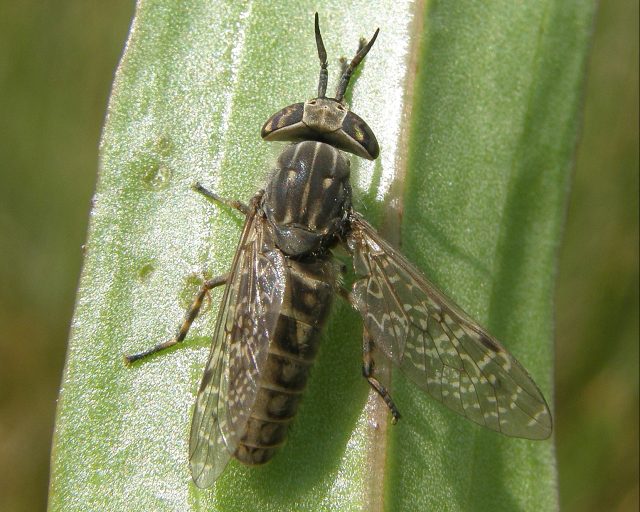The Thames Estuary is a diverse landscape, with a rich mosaic of natural habitats and wildlife-rich brownfields that have been shaped by the region’s complex industrial past. Sadly, the Lower Thames Crossing is the latest in a series of proposed schemes and developments in the area, that threatens its special wildlife.
Update June 2023: the examination into the Lower Thames Crossing has begun and is scheduled to close in December 2023. A recommendation will then be made to the Secretary of State.
The Lower Thames Crossing would see huge losses of habitat within the Thames Estuary IIA, that supports nationally rare and scarce species such as the Shrill Carder Bee (Bombus sylvarum), Hornet Robberfly (Asilus crabroniformis), Large Scabious Mining Bee (Andrena hattorfiana) and Long-horned Cleg (Haematopota grandis), among dozens of species of conservation concern. Surveys have even re-found the ruby-tailed wasp Hedychrum rutilans, which has been classed as Extinct in the UK, recorded having not been seen since 1902.



